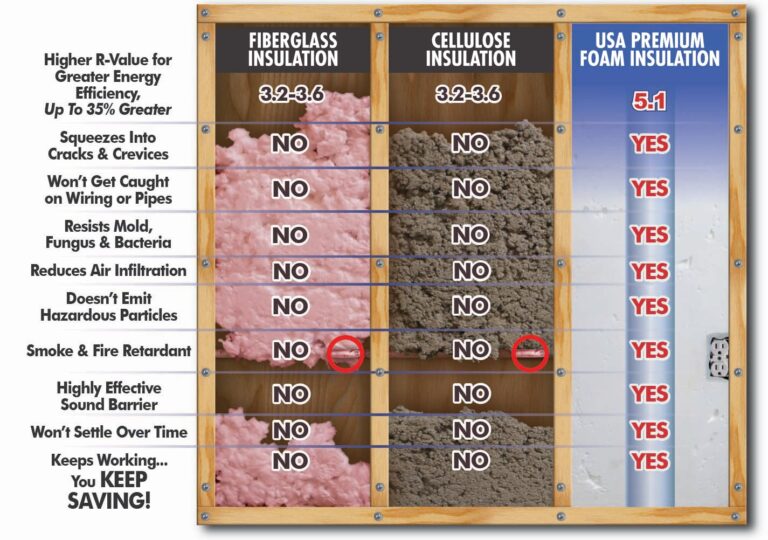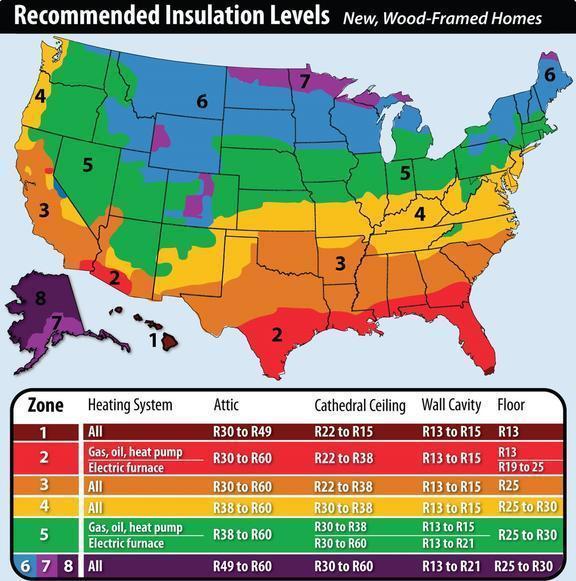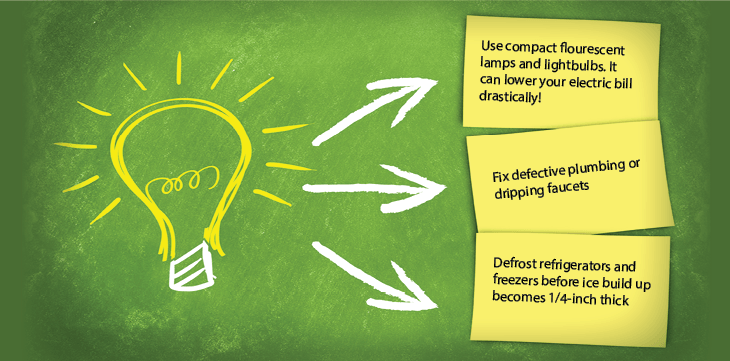RECOMMENDED HOME INSULATION R VALUES Higher R-value means greater insulation performance, and thus more savings on your next heating and cooling bill. This guide will teach you everything you need to know about insulation R-values so you can better insulate your home.
Home Insulation R Values
Insulation level are specified by R-Value. R-Value is a measure of insulation’s ability to resist heat traveling through it. The higher the R-Value the better the thermal performance of the insulation. The table above shows what levels of Home insulation r values are cost-effective for different climates and locations in the home.
Home insulation R Values : Which One Is Right For You ?
Spray Foam Insulation Contractor in Brooklyn, NY.
There are essentially two types of spray foam insulation. Both materials are a combination of two chemicals and expand in place, but how they insulate differs. They’re also among the most effective types of insulation.
Homeowners who decide to go with spray foam insulation might have a hard time choosing which type is best for their home. Or, they might bounce back and forth between handling the job themselves or hiring it out. There are a few things to consider.
Ultimately, closed-cell spray foam is largely the better choice as a Home insulation r values. It’s physically stronger and does a better job of insulating a space. It also creates an effective vapor barrier, meaning the homeowner doesn’t have to apply one themselves after the foam dries. However, it is expensive, and open cell foam is a bit more affordable, and it’s a better insulator than batts per board foot.
And, when it comes to choosing between DIY or professional installation, homeowners might want to consider whether dealing with the mess and mixture is worth their time. For those that do have the time and ability to apply their own spray foam, it can be significant cost savings. But, for those who need the job done quickly and effectively, it’s best to hire it out.
Residential, Commercial. Make Your Residence Heat And Energy Efficient. Best Spray Foam Insulation, Queens, Staten Island, Brooklyn, Manhattan, Bronx, NYC
Spray Foam Insulation Contractor – Residential and Commercial.
Spray Foam Insulation NYC – We offer Closed Cell – Open Cell Spray Foam Insulation – Fiberglass – Cellulose – for Homes and Commercial Building.
Our Insulation Contractors in Brooklyn, NY have the experience and the knowledge to worked with many contractors, builders, architects and helping homeowners to reduce energy cost that can greatly increase energy efficiency when operating a heating and cooling system
Licensed & Insured · More than 15 year of Experience. 100% Satisfaction.
Spray Foam Insulation Contractor in QUEENS, NYSpray Foam Insulation Contractor in BROOKLYN, NYSpray Foam Insulation Contractor in STATEN ISLAND, NYSpray Foam Insulation Contractor in BRONX,NYSpray Foam Insulation Contractor in MANHATTAN, NY
RECOMMENDED INSULATION LEVELS FOR RETROFITTING EXISTING WOOD-FRAMED BUILDINGS
Wall Insulation: Whenever exterior siding is removed on an Uninsulated wood-frame wall:
Drill holes in the sheathing and blow insulation into the empty wall cavity before installing the new siding, and
Zones 3–4: Add R5 insulative wall sheathing beneath the new siding
Zones 5–8: Add R5 to R6 insulative wall sheathing beneath the new siding.
Insulated wood-frame wall:
For Zones 4 to 8: Add R5 insulative sheathing before installing the new siding.
NEW CONSTRUCTION AND ADDITIONS
In most climates, you will save money and energy when you build a new home or addition if you install a combination of cavity insulation and insulative sheathing. Reduce exterior wall leaks by taping the joints of exterior sheathing and caulking and sealing exterior walls. Cavity insulation can be installed at levels up to R-15 in a 2 inch x 4 inch wall and up to R-21 in a 2 inch x 6 inch wall.
These help to reduce the energy that would otherwise be lost through the wood frame. The table below shows the recommended combinations. For more customized recommendations, see the Home Energy Saver.
Consider products that provide both insulation and structural support, such as structural insulated panels (SIPs), and masonry products like insulating concrete forms.
You should consider attic or roof radiant barriers (in hot climates), reflective insulation, and foundation insulation for new home construction. Check with your contractor for more information about these options.
The cost of spray foam compared with other insulation options often deters homeowners from choosing this option, but it performs very efficiently and often reduces energy costs. In the following, we discuss more about spray foam insulation including how thick it should be, how long it takes to install, and how long it lasts.
Can I Do Spray Foam Insulation Myself?
If you have ever watched spray foam insulation be installed, it looks like a simple job. But you must install insulation correctly or it doesn’t work. Often, it costs less for a contractor to do it correctly the first time than to have to go back and fix something that is messed up.
Licensed contractors who specialize in spray foam have specific guidelines to follow to get proper coverage. In our opinion, a contractor is a safer choice. Make sure to get line-item estimates; this will help to dispel any confusion about what you are getting.
Depending on the size of the home, spray foam insulation can usually be completed in 1-3 days. It takes about 24 hours to fully cure.
A licensed contractor who is fully experienced in spray foam insulation installation will be the most efficient choice.
Keep in mind that you will want to account for enough time to get bids (most experienced contractors can work directly from architectural plans and do not need to come to the home for an estimate) and give the contractor enough time to fit you into his schedule.
In new construction, insulation should not be installed until the roof is complete and must be installed before drywall is put up. Proper planning and communication with all contractors is the best approach for a timely and positive project outcome.
Sources :






